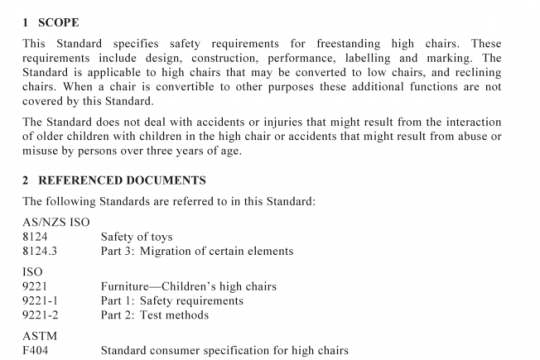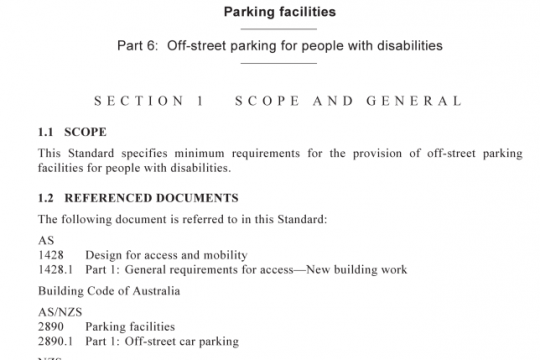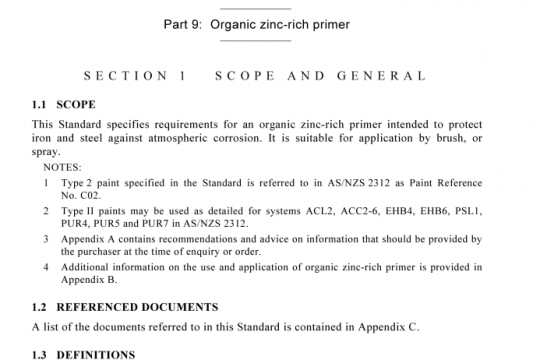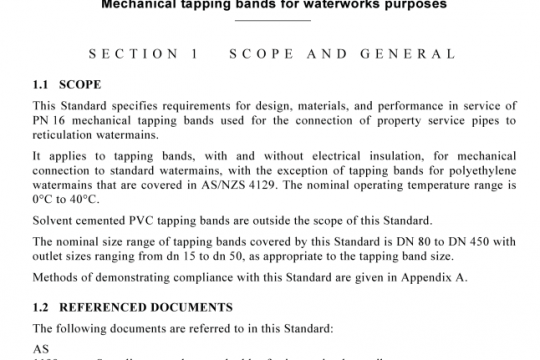AS NZS ISO 28560.2:2015 pdf free
AS NZS ISO 28560.2:2015 pdf free.Information and documentation – RFID in libraries
This is the only mandatory data element that is required to be encoded to be compliant with this part of ISO 28560. The format is variable length, and the alphanumeric characters can be any from ISO/IEC 646 International Reference Version (also known as US-ASCII]). Although the encoding rules support any length of primary item identifier, shorter codes and all-numeric codes encode more efficiently, requiring less memory and enabling faster transactions across the air interface. Although locking the primary item identifier is optional, under normal circumstances, this data element should be locked to prevent various forms of digital vandalism. The primary item identifier shall be encoded as the first data element on the RFID tag to allow for faster transactions across the air interface by invoking a Read-First-Object(s) argument in the read command (see B.5).
The content parameter is an optional data element used to declare the Relative-OID values that are encoded on the RFID tag, and for the purposes of this part of ISO 28560 is used as an OID index. It should be used if additional data elements are encoded on the RFID tag. If used, it can be an aid to faster reading, because it indicates the presence or absence of a particular data element. If the desired data element is encoded on the tag, then additional reading is required, whereas if the OID index indicates that it is not on the tag, the wasted transaction time can be eliminated.
The index, itself, consists of a bit sequence, where each bit position is associated with a particular Relative-OID. If the bit position is set“1″, then the Relative-0ID and associated data object is encoded on the RFID tag. As Relative-OID 1 is mandatory and Relative-OID 2 is this particular data element, the bit map begins at Relative-OID 3. An example is shown in Figure 2.AS NZS ISO 28560.2 pdf free download.




